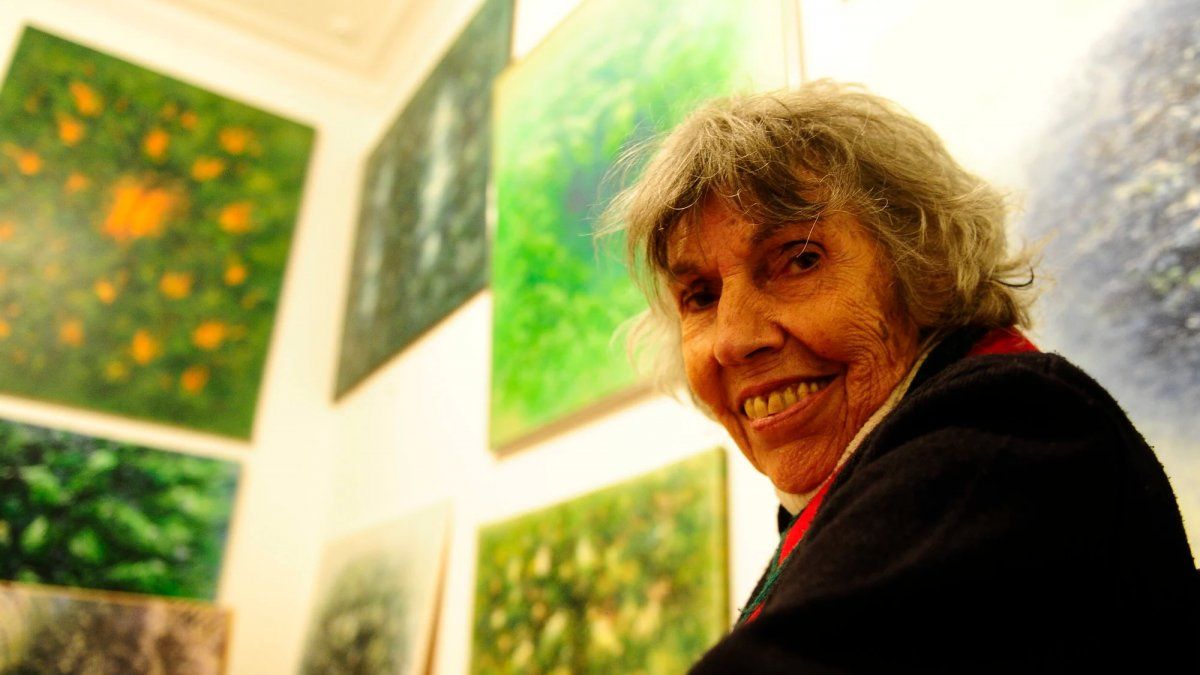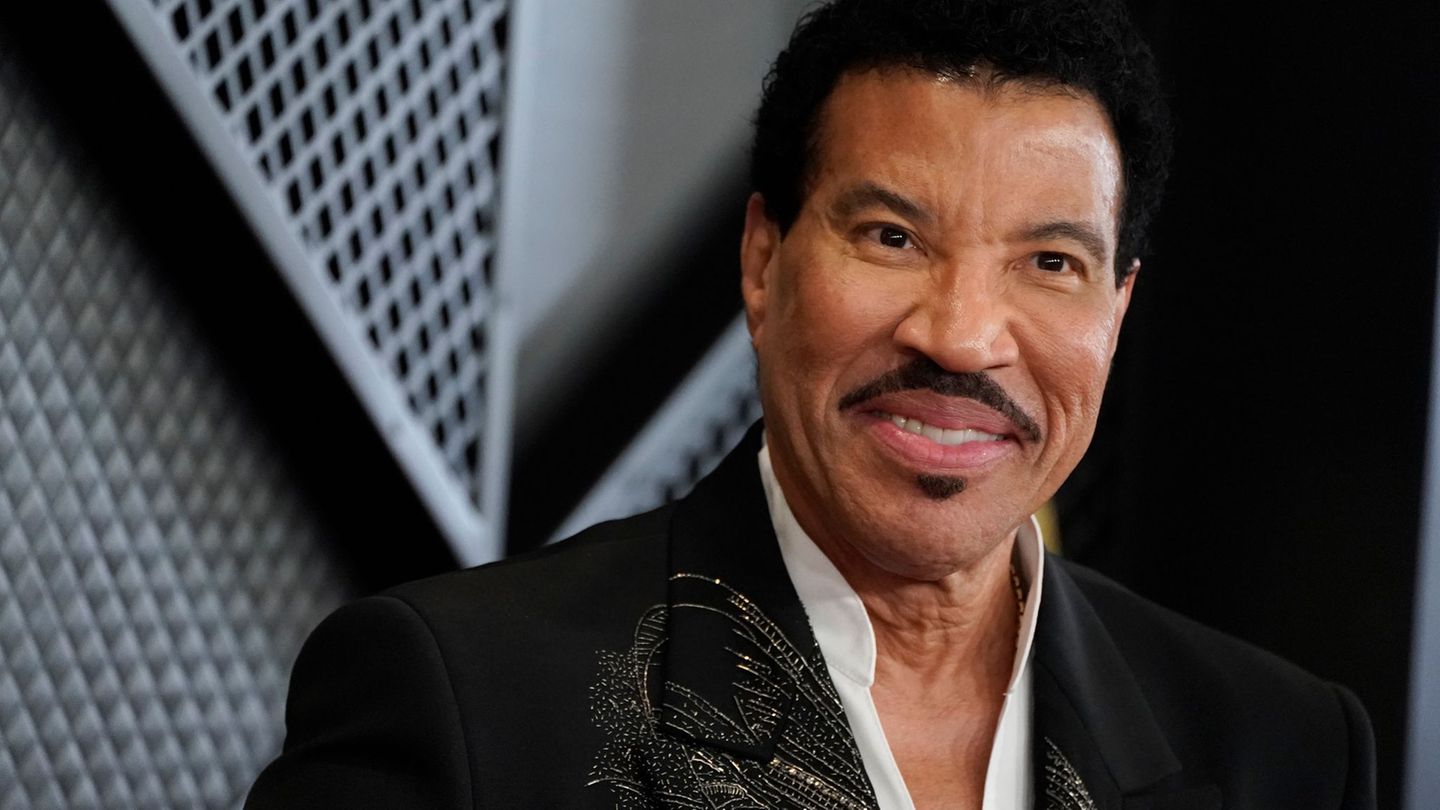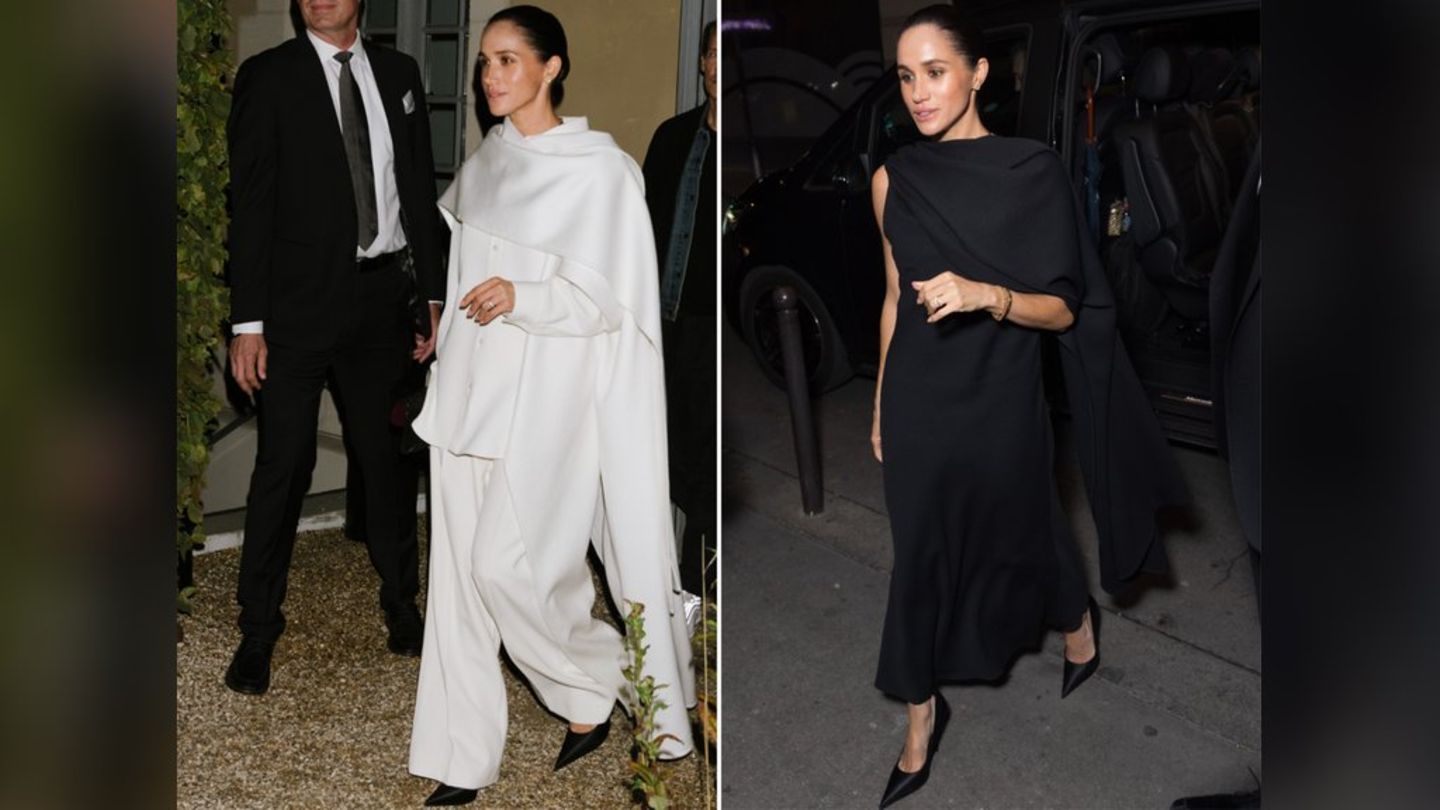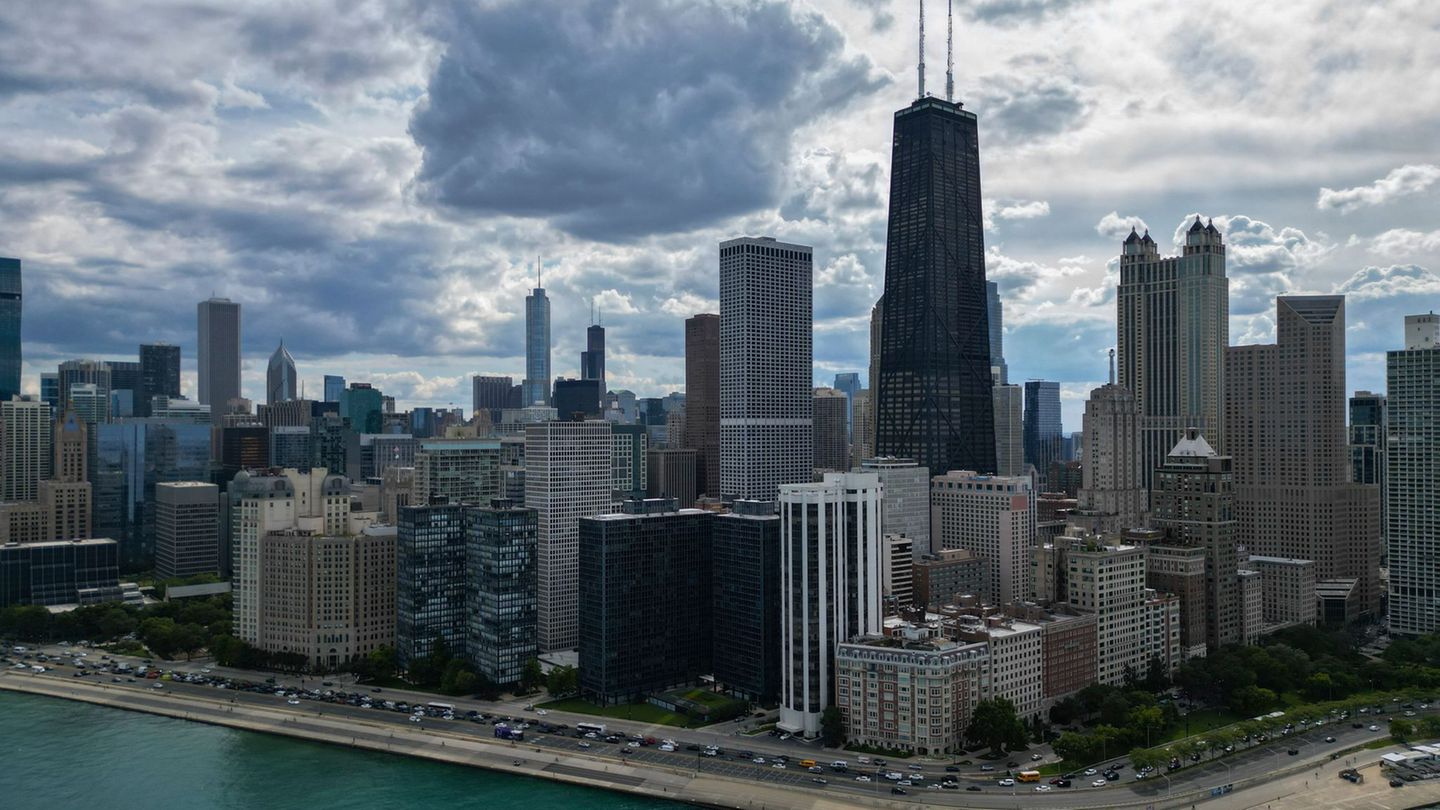Along with a photo showing Robirosa as a youngster, her granddaughter added: “She was my grandmother, my teacher, my accomplice, my everything. You will always be in me!!! Finally, in PEACE, I wish with all my heart that you return very high and find the liberation you deserve!!!! Gratitude and infinite love is what I feel,” said Torcello about his grandmother who suffered from Alzheimer’s.
https://graph.facebook.com/v8.0/instagram_oembed?url=https%3A%2F%2Fwww.instagram.com%2Fp%2FCdyMcPZOwV1%2F&access_token=EAAGZAH4sEtVABADJPC3wZC0mrOMDukDXuZCaoYZBF8me7qKh4ndZBpXm0H31qE7tjetDAUDmJ4T91eaZBljb3iWekdhCLZANkT1OixdahsZBhGPsIRjdrKqADVw6QHrval6CSk1H6jl224MCBUAETBQKzP5enHuZBg8nRszsJGlgV4wZDZD
In a few days, Robirosa was going to be 90 years old. She was born in Buenos Aires on May 26, 1932 into an aristocratic family, she grew up in San Isidro and studied painting with Hector Basaldua Y Elizabeth von Rendell.
The painter with the eternal smile, tall and skinny like a Modigliani figure, tried to get rid little by little of that implicit label of a well-to-do girl that she brought from the cradle: she was Alvear’s granddaughter on her mother’s side, she was raised in the Sans Souci de San Fernando, among governesses who spoke in English.
From her beginnings in painting, she knew how to stand out for her creativity in the art world, a space in which female artists were not usually abundant. This is how she began her career as an abstract painter and then, maintaining that line, she turned towards images of nature.
Her first individual exhibition was at the Bonino Gallery in Buenos Aires in 1956: Robirosa was then just over 20 years old and a young critic from the newspaper El Mundo pointed out that one of the paintings by this new artist reminded him of Paul Klee in the layout of horizontal lines whose color variants suggested other shapes. The journalist at the time was a future painter, Luis Felipe Noé, barely a year younger than her.
Robirosa was part in 1957 of the group called seven abstract painters also made up of Marta Peluffo, Rómulo Macció, Clorindo Testa, Víctor Chab, Kazuya Sakai and Osvaldo Borda. The artist exhibited in the most important spaces of the artistic avant-garde and her time at the Di Tella Institute stands out.
At the end of the 1950s, the critic Jorge Romero Brest invited her to join the Argentine submission to the São Paulo Biennial. She participated in the first edition of the Di Tella Award, 1960, and the Ver y Estimar Honor Award, 1960 and 1961.
During the 1960s and early 1970s, he participated in numerous exhibitions that spread Argentine art abroad, and in the 1980s he was part of the official shipments that toured various cities around the world celebrating the return of democracy.
Starting in 1984, he began exhibiting at the Ruth Benzacar Gallery, and in 1981, 1999, 2004 and 2005, at the Rubbers Gallery, in 2001.
It was in the 1990s when reviews of her career began: the first monographic book on her career with research and critical study of Mercedes Casanegra was published in 1997 and during that same year a retrospective exhibition of her work was held at the National Museum of Fine Arts, then directed by Jorge Glusberg. In 2002 and 2012 anthological exhibitions were held in the Cronopios room of the Recoleta Cultural Center.
His work is represented in numerous private and institutional collections such as those of the National Museum of Fine Arts, the Museum of Modern Art in Buenos Aires, the Ministry of Foreign Affairs and Worship of the Argentine Republic, the Juan B. Castagnino Museum in Rosario, the Albright-Knox Art Gallery of Buffalo (United States), Blanton Museum of Art, The University of Texas at Austin and JP Morgan Chase Art Collection.
He made murals in public buildings, in two subway stations and in the Argentine Metro Station in Paris.
She is one of the fundamental artists in the history of Argentine plastic arts, with a unique course that is difficult to ascribe to a specific current, since she reinvented herself over and over again throughout her career.
“For me, this painting that I take out of my house, from my workshop, this painting that I hang in front of people, is not my clothes. Not even my skin or my head. My painting is me and this sounds so simple that I don’t know Yes, I must say it. But I must say it so that it is understood why I cannot talk about my painting, “the artist once wrote, not very adept at talking about her creations.
In 2010, the Buenos Aires Legislature declared her an Outstanding Personality of Buenos Aires, the city where she lived and worked all her life.
Source: Ambito
David William is a talented author who has made a name for himself in the world of writing. He is a professional author who writes on a wide range of topics, from general interest to opinion news. David is currently working as a writer at 24 hours worlds where he brings his unique perspective and in-depth research to his articles, making them both informative and engaging.




